Sangnoksu Sanjang (상록수산장)
8.7 Km 0 2024-02-19
378 Yongheungsa-gil, Wolsan-myeon, Damyang-gun, Jeollanam-do
Sangnoksu Sanjang is a restaurant located in the Yongheungsa Valley of Yonggusan Mountain in Damyang. Its signature menu is baeksuk (whole chicken soup). Visitors can enjoy this dish while dipping their feet in the cool waters of the valley during the summer, experiencing the unique Korean tradition of enjoying a healthy meal while refreshing oneself in the clear stream water and lush greenery of the forest.
Damyang Changpyeong Samjinae Village [Slow City] (담양 창평 삼지내마을[슬로시티])
8.8 Km 20924 2020-03-31
9-22, Doldam-gil, Damyang-gun, Jeollanam-do
+82-61-383-3807
Damyang Changpyeong Samjinae Village was the first Korean place designated as a slow city in 2007. Compared with the fast-changing city life, the village seeks a slow life, experiencing regional cultures and food, surrounded by nature. Visitors can make Korean traditional sweets & cookies such as Hangwa and Ssalyeot here.
May 18th National Cemetery (국립 5.18 민주묘지)
8.8 Km 26625 2021-02-03
200, Minju-ro, Buk-gu, Gwangju
+82-62-268-0518
The May 18th National Cemetery in Gwangju is a symbol of freedom and democracy. The cemetery holds the graves of 764 victims of the May 18th Democratic Uprising in 1980, seven structures, and many monuments.
Gotaekhanok [Korea Quality] / 고택 한옥에서 [한국관광 품질인증]
8.9 Km 13703 2020-09-10
88-9, Doldam-gil Changpyeong-myeon, Damyang-gun, Jeollanam-do
+82-61-382-3832
Hanok Pension is an old traditional Korean house located in Samjinae Village, Changpyeong-myeon, Damyang-gun, the first village in Asia to be listed as a 'Slow Village.' It has 15 guestrooms in traditional Korean house buildings along a stone-wall road just like in the old days in Korea. The guesthouse is conveniently located for those planning to visit Juknokwon (Bamboo Garden) and Metasequoia Street, which is regarded as the most beautiful street in Korea, because they are all within 30 minutes away from the guesthouse on foot. The old traditional Korean house consists of one main building and two detached buildings, between which is a large front yard. The two detached buildings are divided into different sections for the guests to stay in. You will see lots of different wild flowers in and around the premises. The tea room is another popular feature of the guesthouse because of the calming atmosphere.
Damyang Changpyeong [Slow City] (담양군 창평면 [슬로시티])
9.0 Km 12791 2021-04-16
56-24, Doldam-gil, Damyang-gun, Jeollanam-do
+82-2-383-3807
Damyang Changpyeong Samjinae Village is a farming village that produces vegetables and fruits including tomatoes and strawberries. The name of the village goes all the way back to early Goryeo period. Changpyeong is home to many important historical figures and known for its regional foods and local produce.
Café Hanok (카페하녹)
9.1 Km 0 2024-02-19
714-40 Changpyeonghyeon-ro, Changpyeong-myeon, Damyang-gun, Jeollanam-do
Café Hanok is a café renovated from an old traditional hanok, offering a serene ambiance where visitors can experience the beauty of Korean tradition. One of its signature dishes is the homemade injeolmi waffle (bean-powder-coated rice cake waffle), a sweet and nutty treat that perfectly combines injeolmi (bean-powder-coated rice cake) with waffles. It pairs well with the shakerato (espresso shake), a beverage that blends the qualities of a shake and a latte. Exploring the café's various corners decorated with traditional items adds to the charm of the visit.
Geumseongsanseong Fortress (담양 금성산성)
9.2 Km 30327 2020-03-13
Dorim-ri, Damyang-gun, Jeollanam-do
+82-61-380-2812
Geumseongsanseong Fortress in Geumseongsan Mountain (603m) forms a boundary
between two small villages located on the border of two provinces (Geumseong-myeon,
Damyang-gun, Jeollanam-do and Sunchang-gun, Jeollabuk-do) and is one of the
three popular mountains of the Honam region (the Southwestern region of Korea
that includes Jeollanam-do and Jeollabuk-do). The fortress is surrounded by
two walls connecting Cheolmabong Peak, Undaebong Peak, and Jangdaebong Peak.
The total length of the outer wall is 6.486 meters and inner wall is 859 meters.
Historians are uncertain about the year the fortress was built, and
have concluded that it dates back to the Three Kingdoms Period (57 BC – 676 AD) based on an examination of the ruins and remains discovered in the surrounding
area. The fortress was reconstructed in 1409 and repaired in 1610 after the
Imjin War (1592-1598). Following that, it continued to develop into a strong
military base.
- Classification: Historic Site No. 353
- Date of Designation: August 24, 1991
- Owner: Park Jinseong and 85 persons
- Age: Three States Era
- Site Area: 1,349,977㎡
- Kind of Cultural Properties: Castle Site
Damyang Bamboo Forest (Damyang Marsh) (담양대나무숲 - 담양습지)
10.1 Km 22360 2020-01-09
656-2, Taemok-ri, Daejeon-myeon, Damnyang-gun, Jeollanam-do
+82-61-380-3114
Situated between Damyang-gun and Gwangju Metropolitan City, Damyang Wetland is one of the best places to experience the ecology of Yeongsangang River. It is a habitat for the hawk, wildcat, Boreal digging frog (endangered species), and kestrel. It became the first river wetland to be designated as a wetland reserve in 2004.
Myeongokheon Garden (담양 명옥헌 원림)
10.2 Km 10009 2019-08-20
103, Husan-gil, Damyang-gun, Jeollanam-do
+82-61-380-3752
Located in the eco-village of Husan-ri, Myeongokheon Garden was the garden of Oh Hui-do (1583-1623) of the Joseon dynasty and served as a simple, countryside sanctuary where the scholar read and wrote many books. Main features of the garden are the Myeongokheon Pavilion, where the scholar held lectures, and the square-shaped pond in front of the pavilion that is surrounded with graceful flowering trees. The flowering trees around the pond include red pines and crape myrtles. On the right side of Myeongokheon Garden you’ll see a 300 year-old ginkgo tree, which is where King Injo (1623-1649) of the Joseon dynasty tied his horse when he went to visit Oh Hui-do.
Chuwolsan Mountain (추월산)
10.6 Km 26611 2021-06-14
981, Chuwolsan-ro, Damyang-gun, Jeollanam-do
+82-61-380-3492
Located 13 kilometers away from Damyang-eup, Chuwolsan Mountain (731 m) was designated Jeollanam-do Provincial Monument No. 4 and is one of the five famous mountains of Jeollanam-do. It marks the boundary between Jeollanam-do, South Jeolla Province (Wolgye-ri, Yong-myeon, the most northern town in Damyang-gun) and Jeollabuk-do, North Jeolla Province (Bokheung-myeon, Sunchang-gun). The mountain has a dense forest, rock formations and stones, and rock walls that look like manmade fortifications with a narrow path to the west which can accommodate only one person at a time.
Shaped like a Buddhist monk lying down when it is seen from Damyang-eup's side, it is popular for its various naturally grown medicinal herbs as well as rare kinds of Chuwolsan orchids. The base of the mountain has gentle slopes and densely packed old pine trees, making it the best destination for families in summer. The hiking trail is hard to climb despite the fact that the peak is not very high. However, it is visited by mountain climbers all year long.
Before reaching Sangbong Peak, there is a hermitage and a mineral spring that never dries up. The peak also boasts an impressive view of the surrounding area, including Damyangho Lake. Chuwolsan Mountain was a battle site during the Imjin War along with the nearby Geumseongsanseong Fortress. The last battle of Donghak Peasant Revolution also took place at Chuwolsan Mountain.
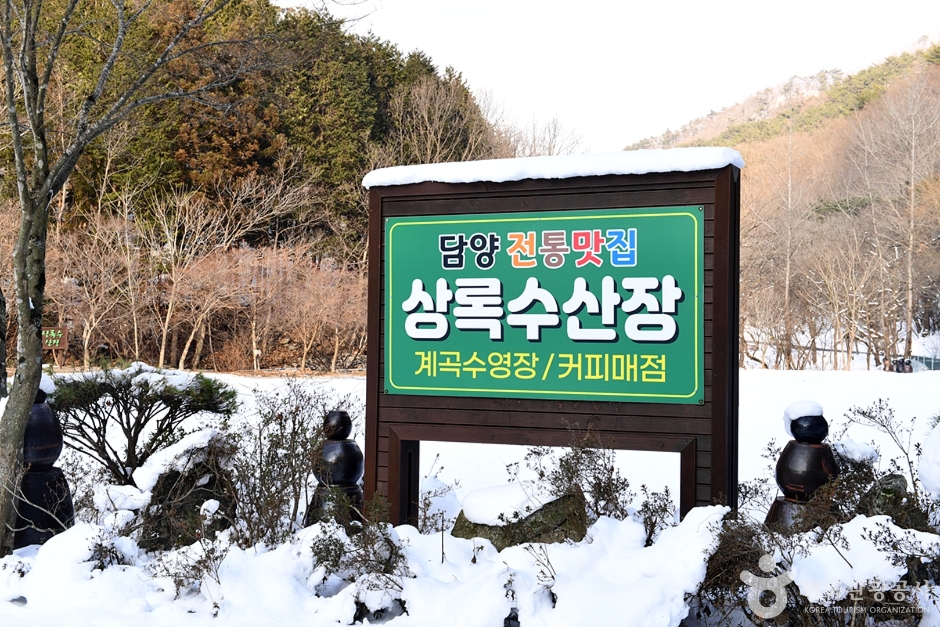
![Damyang Changpyeong Samjinae Village [Slow City] (담양 창평 삼지내마을[슬로시티])](http://tong.visitkorea.or.kr/cms/resource/56/898356_image2_1.jpg)
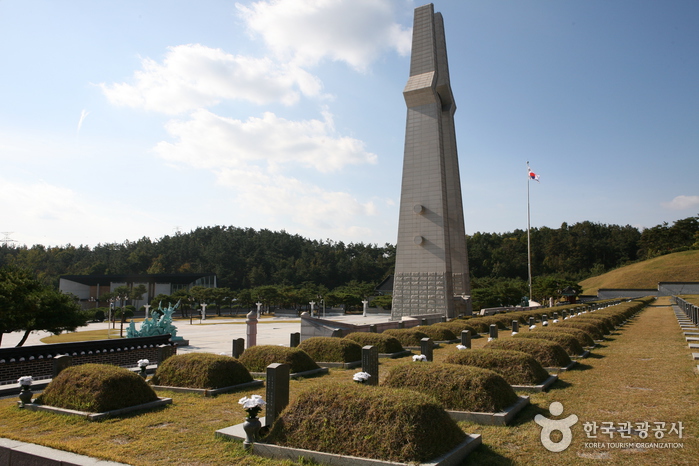
![Gotaekhanok [Korea Quality] / 고택 한옥에서 [한국관광 품질인증]](http://tong.visitkorea.or.kr/cms/resource/25/2580225_image2_1.jpg)

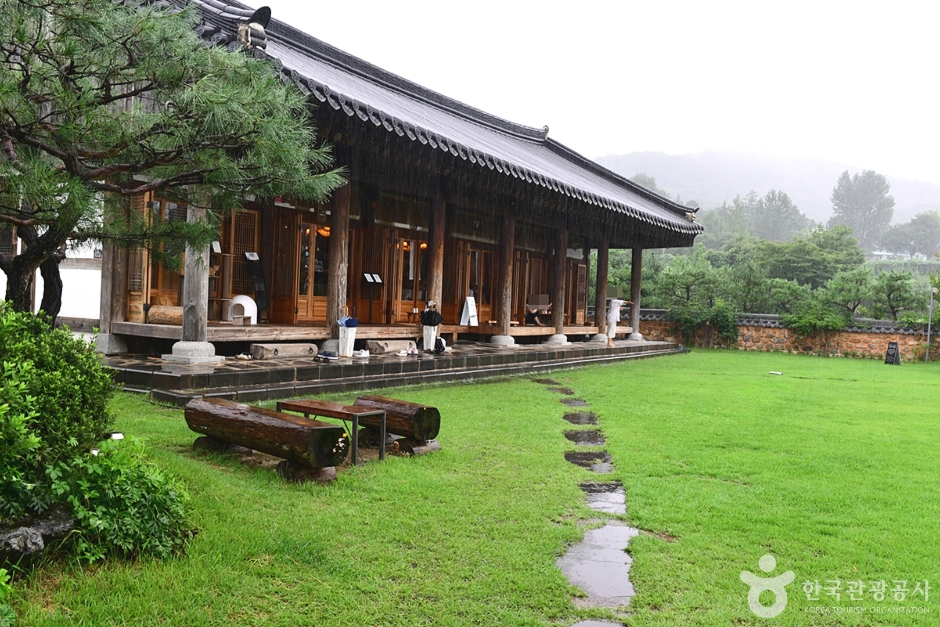
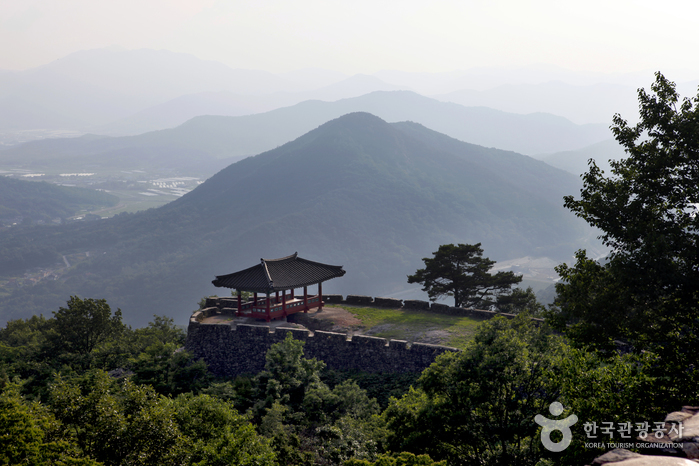
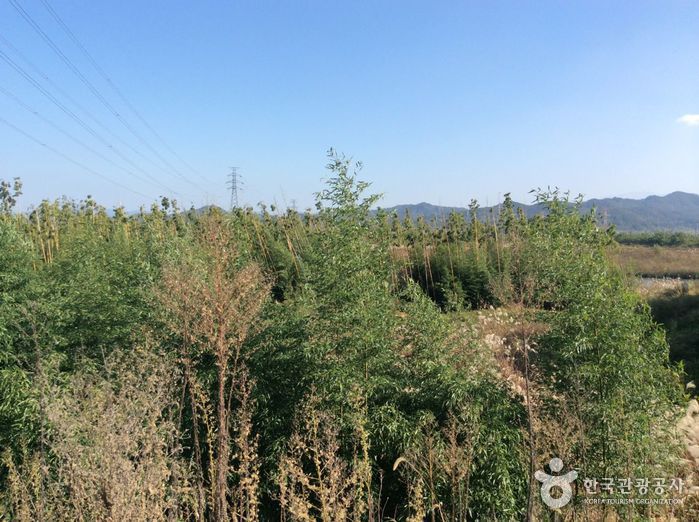
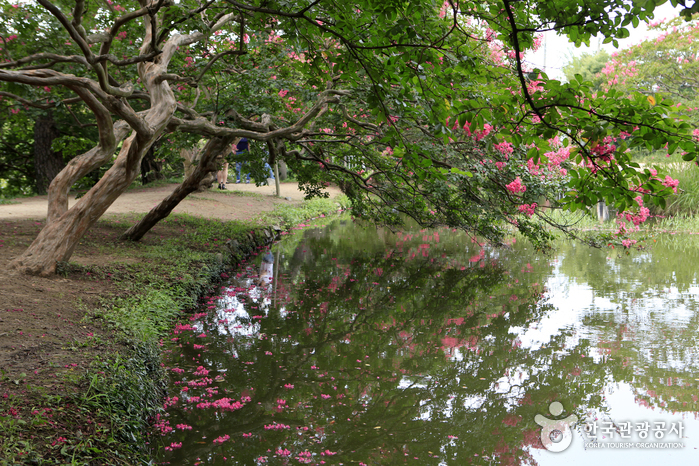
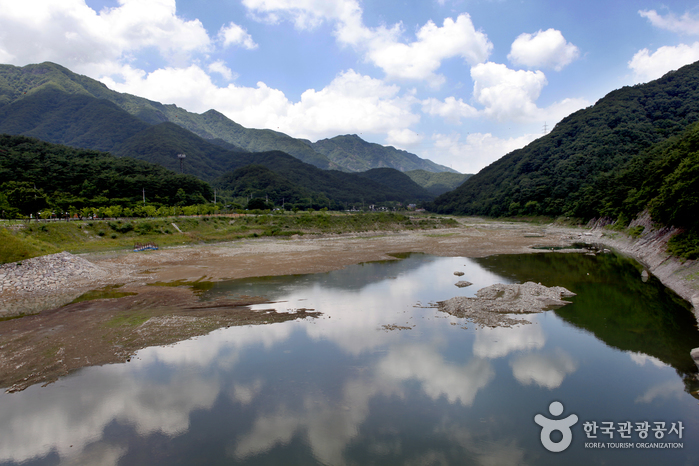
 English
English
 한국어
한국어 日本語
日本語 中文(简体)
中文(简体) Deutsch
Deutsch Français
Français Español
Español Русский
Русский